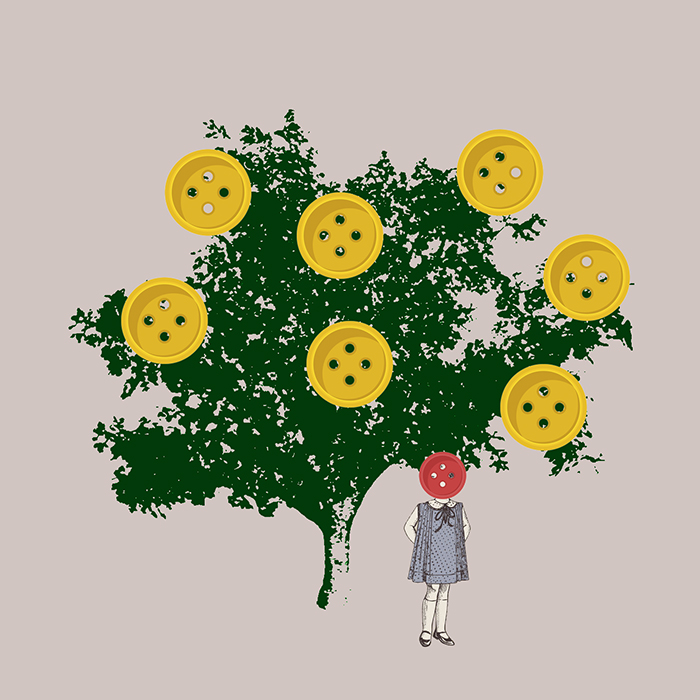
The same is true for some classic classroom tasks related to family, origins, or genetics that have been used repeatedly in schools. Clearly, these topics will continue to form part of the curriculum. Still, they can be sensitively put into practice, taking into account each child’s family circumstances, life stories, or current situation.
Here are some examples of classic activities and how schools could rethink them to work inclusively:
Creating safe spaces in which students can feel confident involves considering curricular elements and everything else that affects the school environment. Some areas to consider are:

The BRIGHTER FUTURE project has been funded with support from the European Commission. This publication reflects the views only of the authors, and the Commission cannot be held responsible for any use which may be made of the information contained therein.
